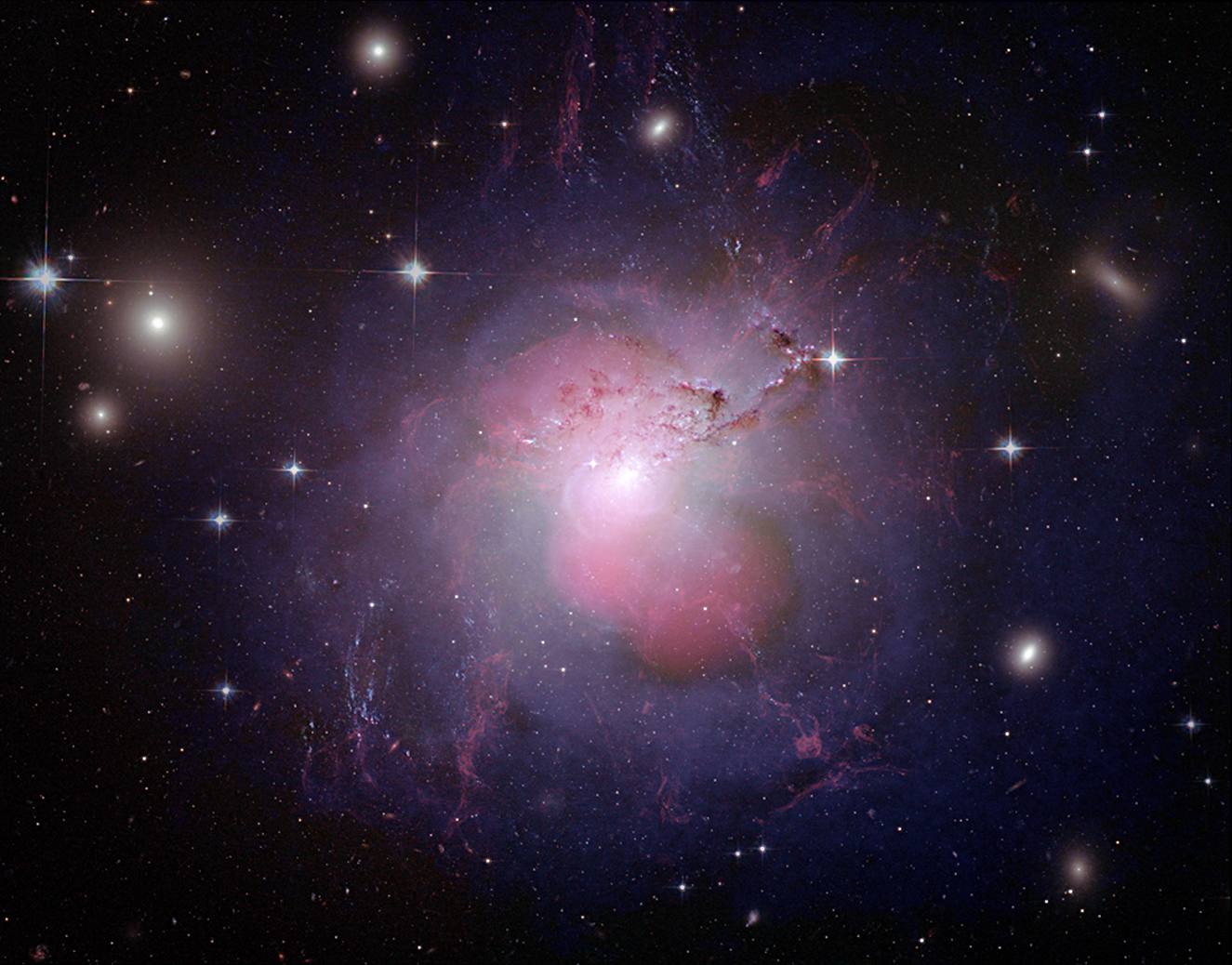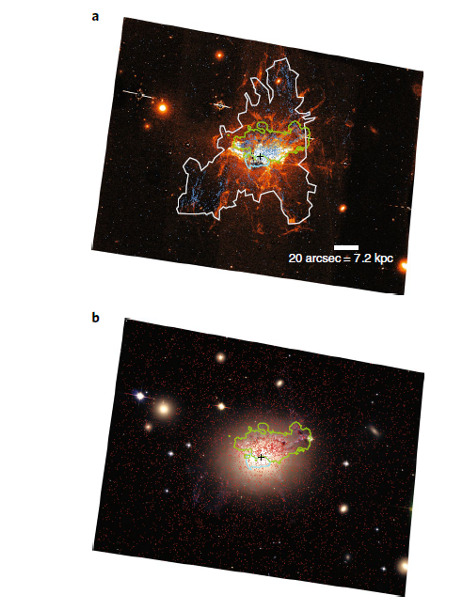A common formation mechanism for star clusters over all mass scales

A star cluster is a group of stars that are sufficiently close to each other for them to be physically associated. Stars belonging to the cluster are formed together from the same cloud of interstellar gas and have approximately the same age and initial chemical composition. Because of this, and sin the stars in a given cluster are at roughly the same distance from Earth, observations of star clusters are of great importance in studies of stellar evolution.
There are two types of star cluster. Open (or galactic) clusters are fairly loose systems of between a few hundred and a few thousand members. The stars in open clusters are quite young by astronomical standards (some as young as a few million years) and have relatively high abundances of elements heavier than hydrogen or helium, what is called metallicity.
Globular clusters (GC) are approximately spherical collections of between ten thousand and a million stars. These are very old (around 10 billion years) and have low metallicity. GC are thought to be ancient relics from the early formative phase of galaxies, although their physical origin remains uncertain. GCs are most numerous around massive elliptical galaxies, where they can exhibit a broad colour dispersion, suggesting a wide metallicity spread.
A galaxy cluster is a structure that consists of anywhere from hundreds to thousands of galaxies. It is not well understood why the brightest galaxies form at the centre of galaxy clusters. A clue must be that they contain thousands of old star clusters. A team of researchers has just shown 1 that, around the nearest such galaxy (NGC 1275, in the Perseus cluster), hundreds of new star clusters have been forming out of the surrounding cooled gas over at least the last billion years. Hence, it seems that the centre of cluster galaxies grow in brightness over cosmic time from star clusters raining down on them out of cluster gas.

Images taken with the Advanced Camera for Surveys on the NASA/ESA Hubble Space Telescope are able to separate, and even resolve, individual star clusters in NGC 1275. The researchers have identified all the star clusters detectable towards this galaxy from images taken in three filters: blue, middle of the visual band and red. The scientists were able to identify star clusters throughout the field of view common to all three filters. In this way, they could separate out star clusters belonging to other galaxies, and determine in full the properties of those definitively belonging to NGC 1275.
The authors found that many thousands of compact and massive (between 5 thousand and 3 million solar masses) star clusters have formed at an approximately steady rate over, at least, the past ~1 billion years around NGC 1275, the central giant elliptical galaxy of the Perseus cluster. Beyond ~1 billion years, these star clusters are indistinguishable in broadband optical colours from the more numerous GCs. Their number distribution exhibits a similar dependence with luminosity and mass as the GCs, whereas their spatial distribution resembles a filamentary network of multiphase gas associated with cooling of the intracluster gas.
The sustained formation of these star clusters demonstrates that progenitor GCs can form over cosmic history from cooled intracluster gas, thus contributing to both the large number and broad colour dispersion—owing to an age spread, in addition to a spread in metallicity—of GCs in massive elliptical galaxies.
The progenitor GCs in NGC 1275—and those in nearby spiral and irregular galaxies experiencing a brief period of highly elevated star formation (starbursts) due to mergers—share a similar dependence in their luminosity and, where measured, mass functions, as do lower-mass open star clusters in our galaxy and other spiral galaxies. This universality affirms a common formation mechanism for star clusters over all mass scales irrespective of the circumstances and environments in which they form.
Author: César Tomé López is a science writer and the editor of Mapping Ignorance
Disclaimer: Parts of this article may have been copied verbatim or almost verbatim from the referenced research paper.
References
- Jeremy Lim, Emily Wong, Youichi Ohyama, Tom Broadhurst & Elinor Medezinski (2019)Sustained formation of progenitor globular clusters in a giant elliptical galaxy Nature Astronomy doi: 10.1038/s41550-019-0909-6 ↩